The conquest of Istanbul, which closed an era and opened a new one, caused the history books to be rewritten with its results. The preparations for this conquest, the realization of the conquest and the results of the conquest had great repercussions all over the world.
Sultan of the Ottoman Empire in 1453 Fatih Sultan MehmetHe brought his army to the walls of Constantinople, one of the most important cities of the period, to change the history of the world.
After a 53-day siege, Fatih Sultan Mehmet, who took the city by passing the walls called impassable, both his own empire and his empire. to change the course of history succeeded.
For the rise of the Ottoman Empire, the conquest of Istanbul had to take place.
When we look at the states in Anatolia in 1453, it is difficult to talk about Ottoman domination. The Ottomans, who did not dominate the whole of Anatolia, but provided the domination of important cities, increase the security of their lands They knew they had to take Constantinople for it.
Let’s take a look at the reasons for the conquest of Istanbul:
- Desire to ensure the territorial integrity of the Ottoman Empire.
- Constantinople being an obstacle to Ottoman trade.
- Byzantium posing a threat to the territorial integrity of the Ottoman Empire and provoking the principalities against the Ottomans.
- Istanbul being one of the last strongholds of Christianity.
There is something difficult about attacking Constantinople. If you attack the city with your whole army and make an unsuccessful conquest, other states in Anatolia will turn this into an opportunity and take your lands. can easily take. On the other hand, that period demolition of great walls It was said to be an impossible event. It was a famous city in Constantinople with its great walls.
Another unfavorable situation for the Ottoman Failed 3 conquest attempts. 2 Ottoman sultans and 1 prince tried to conquer this holy city 3 times before 1453, but failed.
In an unfavorable outcome able to end the empire Despite these 2 issues that need to be considered, the Ottoman, Byzantine provocations and the words of our Prophet about the conquest of Istanbul to conquer Constantinople started preparations.
What preparations did the Ottomans make for the Conquest? The biggest cannons were poured, armies were gathered and a fortress was built.
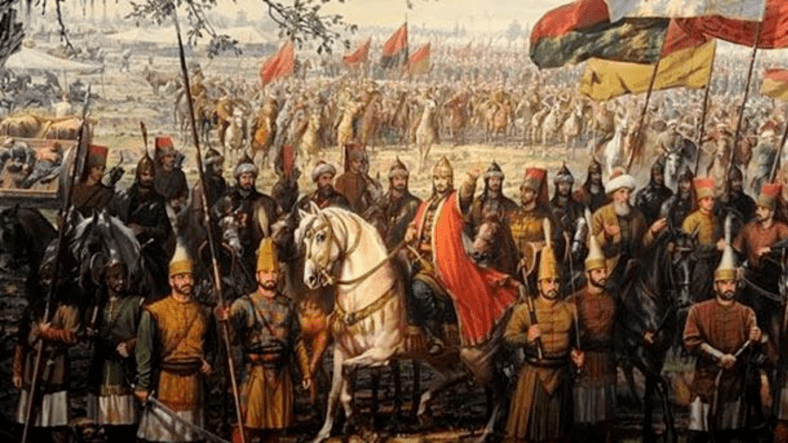
Despite the negative opinions of many statesmen, Fatih Sultan Mehmet, who dazzled his eyes, for the siege made a lot of preparations.
Rumeli FortressFatih Sultan Mehmet, who established a center in front of Anadolu Hisarı, in order to cut off the aid from the sea. A huge navy of 400 pieces founded. After taking the sea part under control, in order to prevent the dangers from the land, it will be around the city. castles conquered. Peace treaties were also signed with many states in the Balkans and a possible European aid was sought. An army to the Balkans sent.
To break down the walls big balls poured and these cannons were a disaster that would cause the collapse of many empires after 1453. your battle tactic caused it to occur.
After a long preparation period, the Ottomans thought that they were ready for the conquest. April 6, 1453 He arrived in front of the city walls.
RELATED NEWS
Information Proving that the Rumeli Fortress, Which Had a Large Share in the Conquest of Istanbul, Is a Perfect Example of Military Genius
How was the city surrounded? Conquering the city behind the walls was not easy.
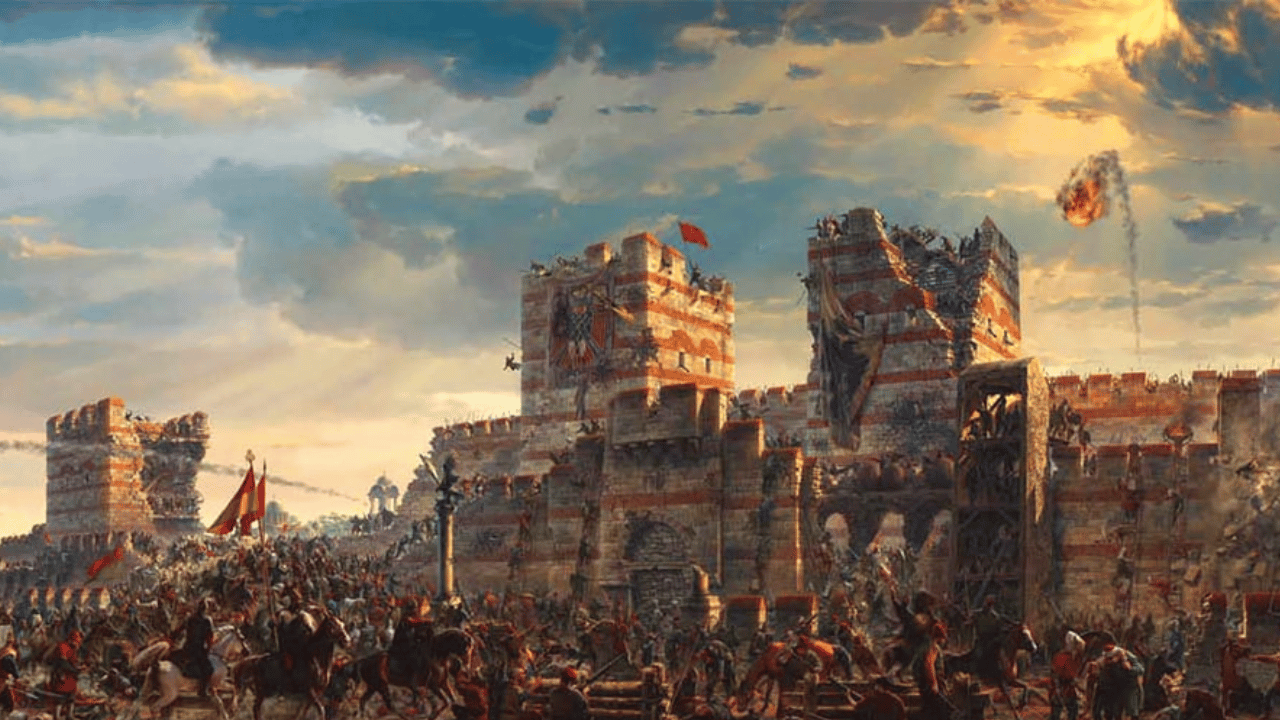
Undoubtedly the most with the threat of conquest One of the cities that faced each other was Constantinople. Constantinople, one of the most important cities of our planet with its location and beauties, was also before the Ottoman Empire. with the siege of many great powers faced. This is why the administration and people of Constantinople did not have great anxiety when the conquest began, because the so-called indestructible to the great walls they had.
Confident that their religious brothers, Europe, would help them, the city simply kept the Ottoman armies outside the walls for a while. that they can win the war he thought.
The walls are never destroyed.
Ottoman, to break down the walls He had big plans. However, these plans did not work as desired in the first stage of the war. Due to the problems experienced in artillery, the walls were still standing intact, which strengthened the Byzantine army and caused a great demoralization in the Ottoman army.
on the wall problem 400-piece navy The defeat he suffered in the sea part put Fatih in deep thoughts and these thoughts caused an idea that seemed impossible to be realized.
We run ships from land.
While the war, which was the scene of great struggles, proceeded as the Byzantines wanted, the ships of the Ottomans marched from the land and By stepping into the Golden Horn Together they returned to the Ottoman Empire.
While the galleys were being launched overnight from Galata, the walls along with the artillery continued to be shot. In this way, the Byzantines did not notice the sounds of the galleys and when they woke up in the morning, they got a surprise. With the opening of the Golden Horn region, the Byzantine army dispersed all over the city and the city began to be hit with high power from every point.
Constantinople is now Ottoman.
on the walls big gaps The Ottoman Empire, which continued its attacks with the opening of the Ottoman Empire, managed to intimidate the tired and hopeless Byzantine army. With the mercenaries leaving the city halfway with the course of the war, the city was attacked with a final attack on May 29, 1453. From Byzantium to Ottoman passed.
How many soldiers did Fatih Sultan Mehmet conquer Istanbul with? The Ottomans attacked Constantinople with a huge army.
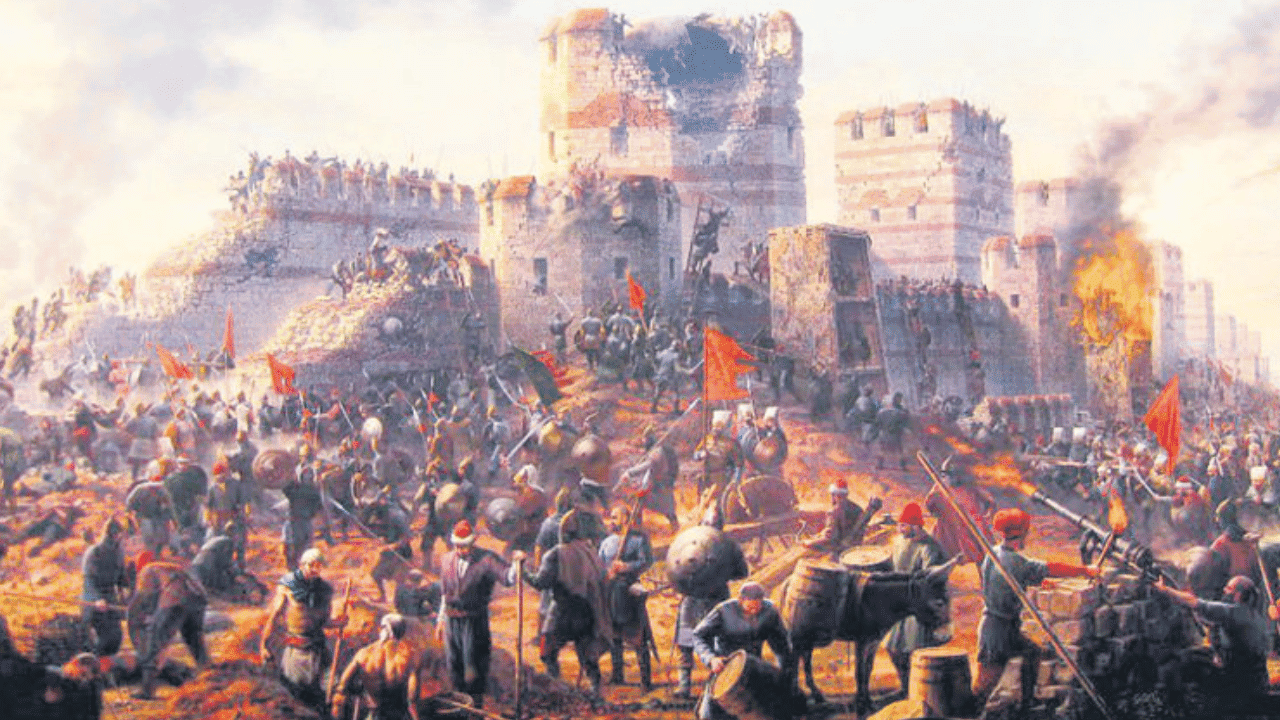
Sultan Mehmet the Conqueror, who wanted to take Constantinople in a disgrace, did not hesitate to use all the resources of his empire. According to Hammer, although there is no exact information 250,000according to Barbaro 160,000According to Sfrantzes and Dukas 200,000 This conquest took place with an army of three men. On the other hand, one of the important historians of our country prof. Ilber Ortayliargues that it was impossible to establish an army of 200,000 at that time. The reason for this is that an army of this size health and logistics It was stated that it could not be installed due to problems.
The Ottomans, who fought both from the land and from the sea, established an army in the Balkans so that no help came to Byzantium during the war. Horsemen, infantry, artillery and many more soldiers, this huge army is considered one of the largest armies of its time.
What happened to Europe after the war?
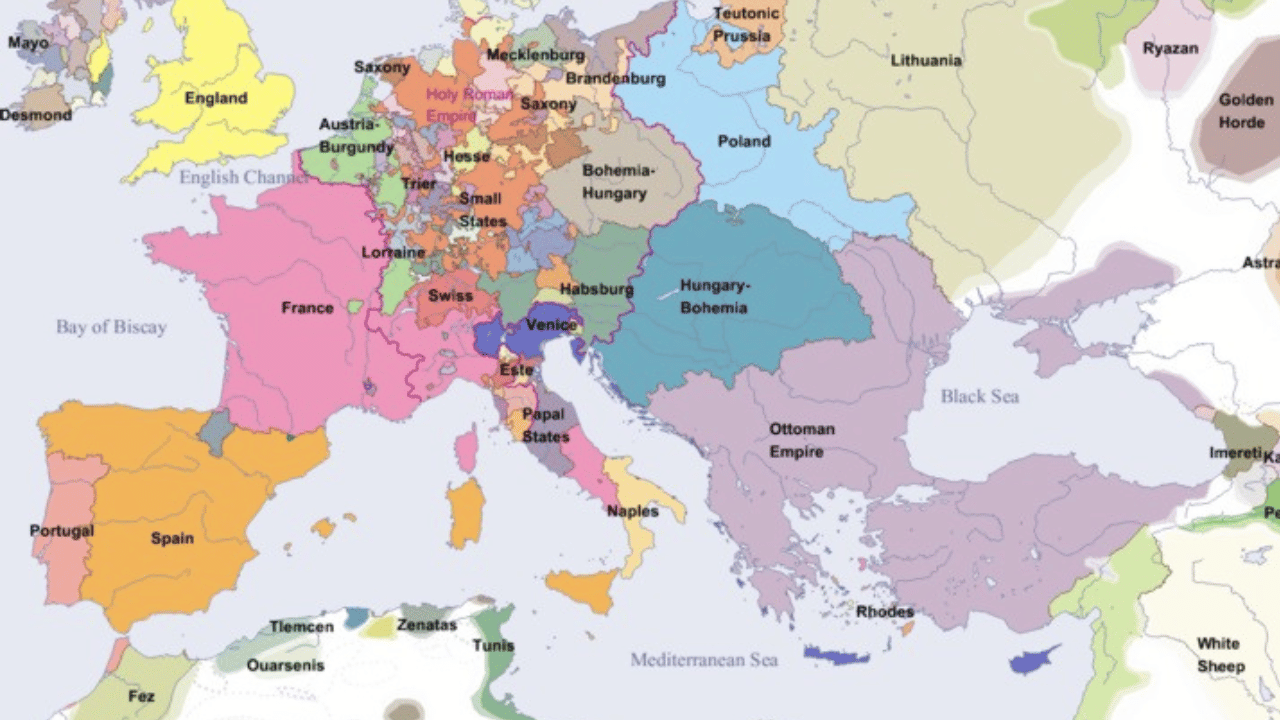
With the conquest, the rise of the Ottoman Empire gained great momentum and the empire was now a great deal for Europe. threatening became. With this conquest, the Ottoman Empire, which had a say in Europe, catching the time a new opening of the era It went down in history as the state that provided it.
With the fall of Byzantium, the scientists in the city went to Europe. renaissance started. However, different trade routes European states looking for new sea routes and continents in order not to trade through Istanbul.
The war paved the way for many discoveries that led to the collapse of empires in Europe. Now that it is known that the walls are not a safe structure, for the empire behind many walls to ring the bells started.
The results of the conquest of Istanbul in terms of world history:
- The Middle Ages are over, the New Age has begun.
- The European Christian world was divided in two.
- The importance of the Ottoman Empire for Europe increased.
- It started the Renaissance.
- The groundwork was laid for geographical discoveries.
- The Eastern Roman Empire ended.
Now let’s take a look at the unknown aspects of the conquest.
- The looting of the city
- Greek Fire
- Only 7000 soldiers were protecting the Byzantines.
- Is Ulubatli Hasan real?
The looting of the city
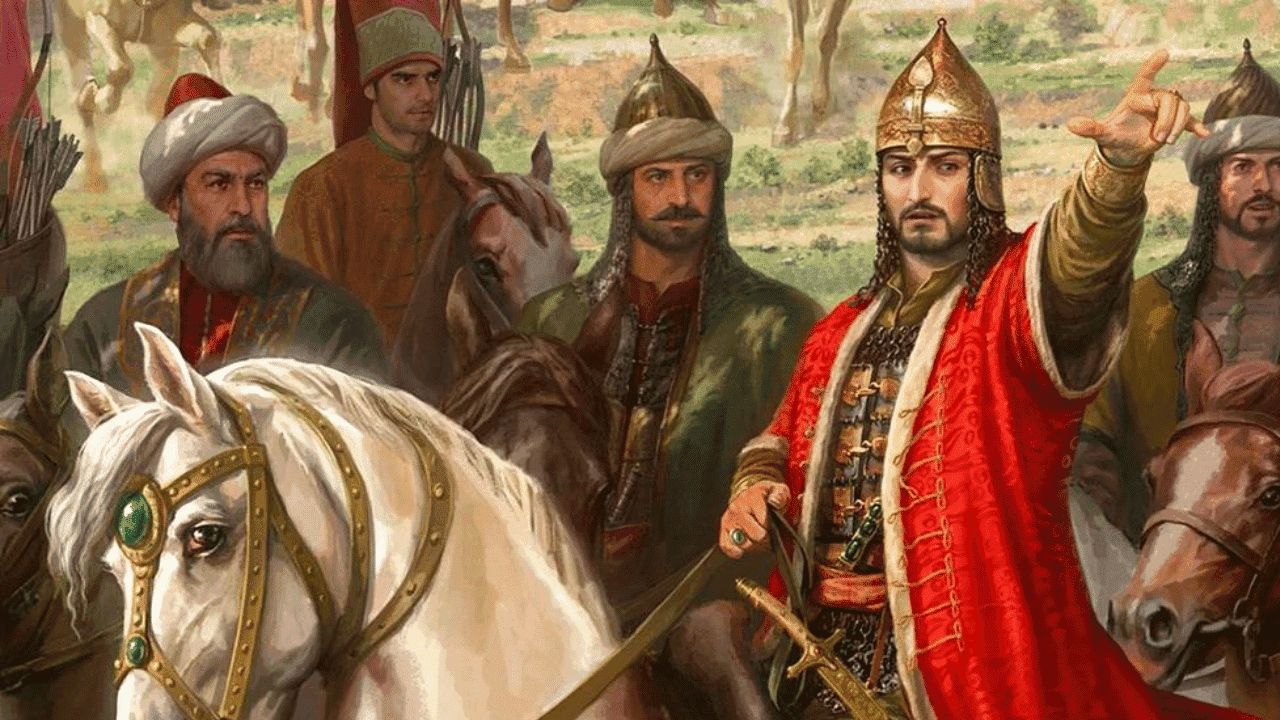
Constantinople has historical buildings and objects. In addition, the city was home to unique items in the 1200s. it was like a museum where it was exhibited. On the other hand, looting stood out as an incentive for the soldiers at that time.
According to some sources, after Fatih Sultan Mehmet entered the city after the third day. the end of the looting and it is stated that the Byzantine people came out of their hiding place and took their belongings and houses back.
There are many different opinions on looting, but the city was built in the 1200s. Crusaders It was known that the city was empty due to the great looting of the city. Therefore, it is thought that there is less looting.
Fire of the Sea: Greek Fire
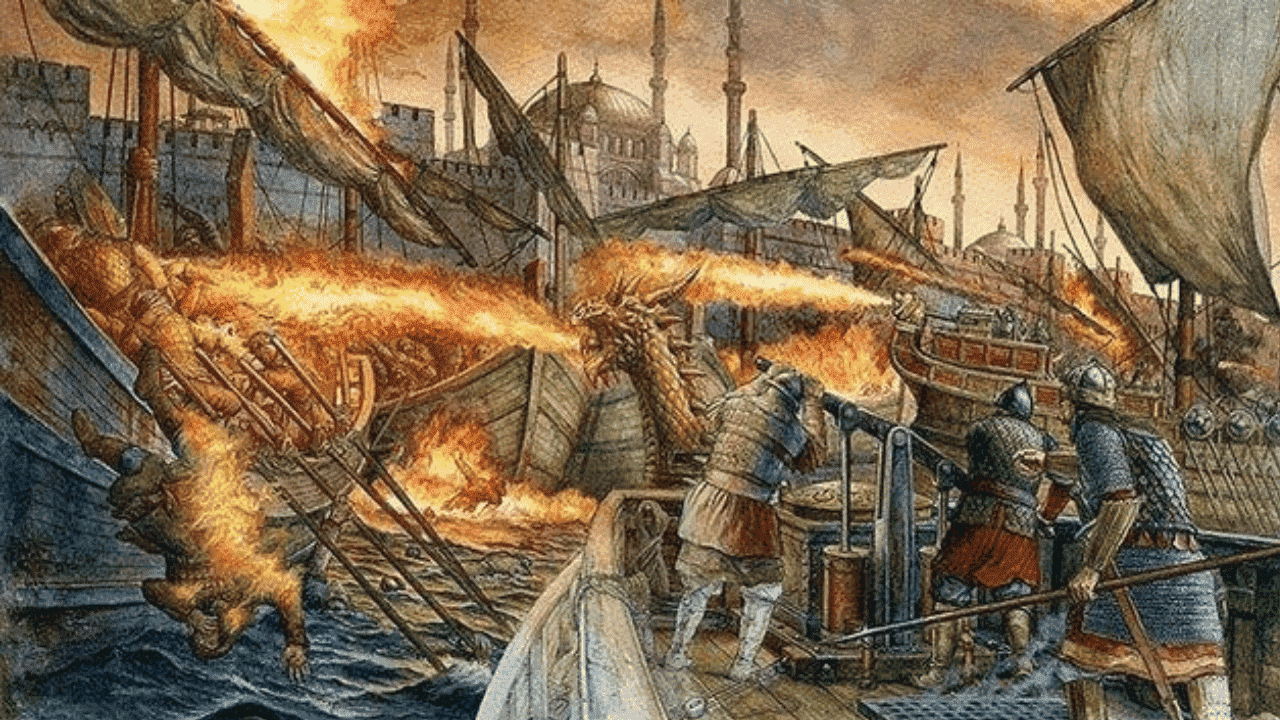
Used by the Byzantines for many years Greek Fire, as a weapon that flares even higher on the water, has become the worst nightmare of the enemies. Many to the destruction of the navy When the fire that causes water is combined with water, instead of extinguishing, it flares up even more and causes an unstoppable destruction.
Although it could not be used very actively against the Ottoman navy, the Byzantines actively used Greek Fire against the states that wanted to besiege the city for many years. keeping the city safe succeeded.
Only 7000 soldiers were protecting the Byzantines.
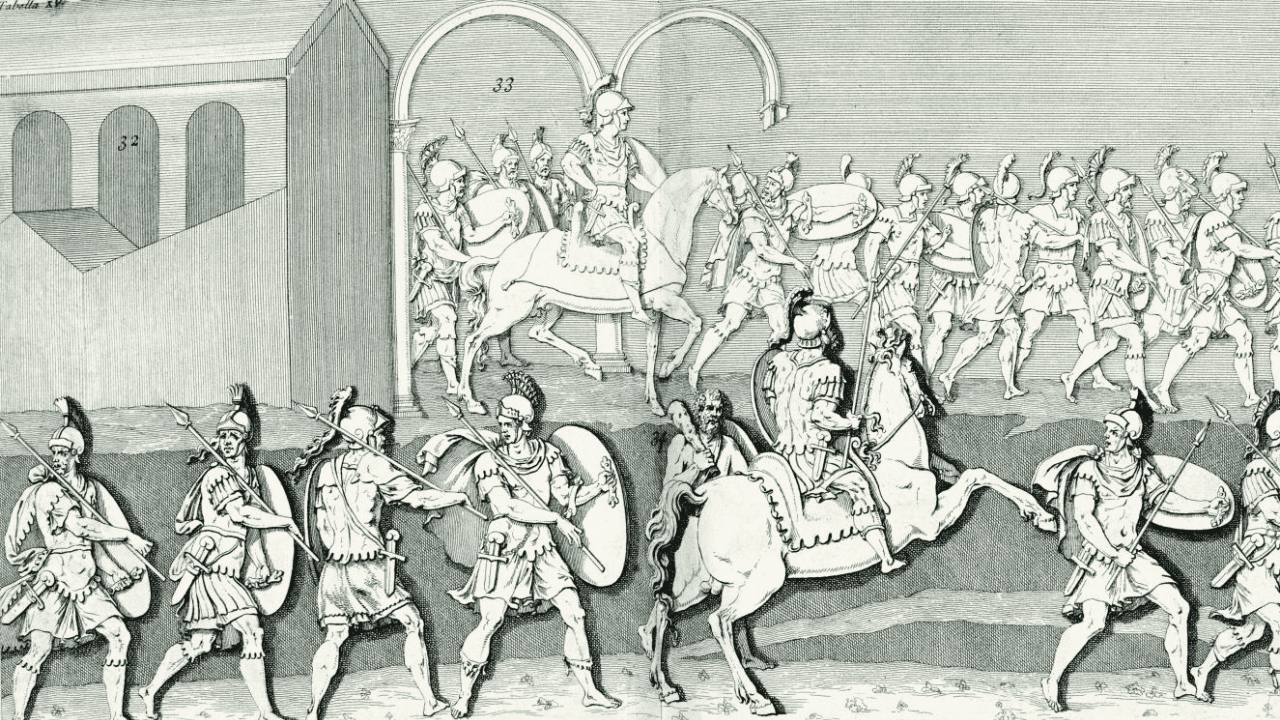
Many sources write that by the time the Ottomans approached the city walls, Byzantium was defended by only 7000 soldiers. The reason for this military difference is great walls. Even gigantic armies could not pass through these walls, as it seemed an impossible event to destroy the great walls until 1453.
There is a view in HeritageDaily that Byzantium had only 7000 soldiers to defend the city against the Ottoman’s 80,000 soldiers.
Is Ulubatli Hasan real?
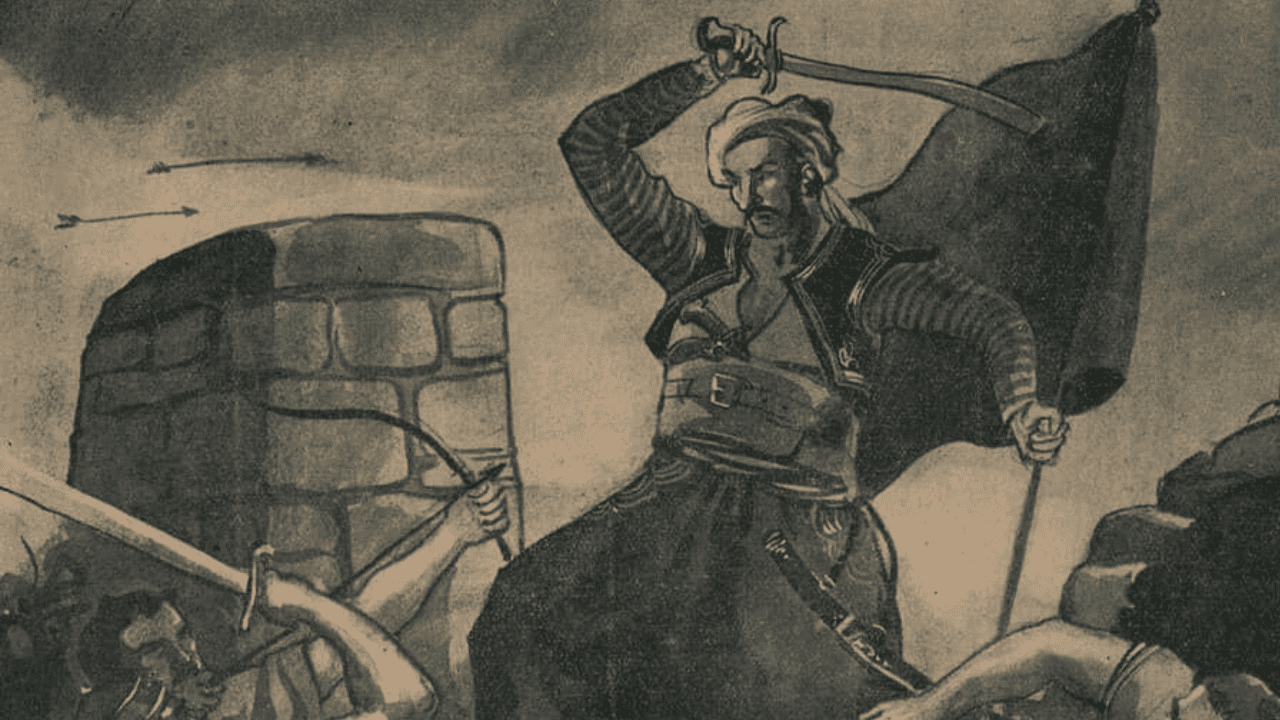
The young janissary, who became famous in the history books for planting the Ottoman flag on the tower Ulubatli HasanHe is described as a folk hero. for the first time in the 16th century Melissinos Ulubatlı Hasan character, put forward by the historian named Ulubatlı Hasan, is also found in the books of several historians. not real opinion is stronger.
Source: TRT Haber – Wondrium Daily – Britannica
